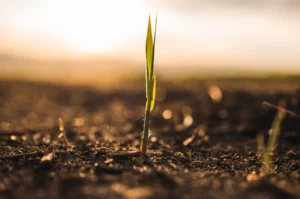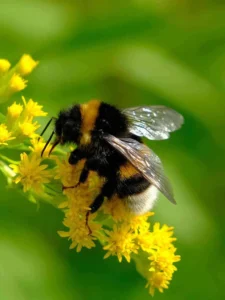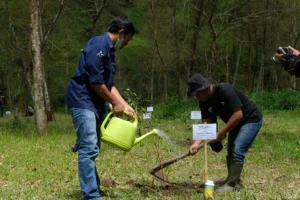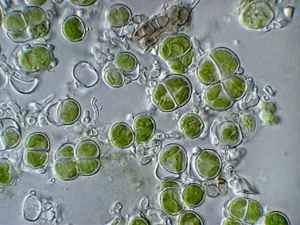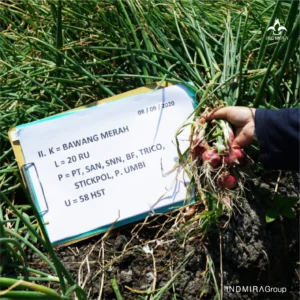Not all plants can thrive in environments with extreme weather, and not all plants have good adaptability to unpredictable climate changes. Therefore, plants need assistance from microbes to survive in harsh weather conditions and shifting climates.
Microbes or microorganisms are living organisms that are so small they cannot be seen with the naked eye. According to research, one of the soil microbes that can help plants adapt to climate change is mycorrhiza.
What is mycorrhiza?
Mycorrhiza is a symbiotic fungus that is harmless and mutually beneficial between soil fungi and plant roots. This symbiosis provides many advantages for plants, such as increasing the effectiveness of root surfaces in absorbing nutrients and water, essentially expanding root functions.
Through this symbiotic relationship, mycorrhiza enhances plant tolerance to drought and extreme heat. In return, mycorrhiza benefits by obtaining carbohydrates from its host plant.
There are two types of mycorrhiza:
- Ectotrophic mycorrhiza, which associates on the outside of plant root cells, forming a sheath that wraps around the root surface, commonly found in forestry plants.
- Endotrophic mycorrhiza, which associates inside plant root cells, commonly found in plantation crops.
How do mycorrhizal hyphae help host plants?
When mycorrhiza senses a host plant, its hyphae undergo morphological changes, marked by extensive branching. Mycorrhizal hyphae are extremely fine, making them easy to spread.
Because hyphae are finer than root hairs, they can spread widely and penetrate even the smallest soil pores (micropores). This allows hyphae to absorb water when soil moisture is very low and when roots struggle to access water.
This water absorption enables mycorrhiza to help plants adapt to climate change or seasonal transitions—especially the shift from rainy season to dry season. During the dry season, plants become more tolerant to drought.
In this mutualistic symbiosis, mycorrhizal hyphae receive food from unused photosynthesis products of the plant. Mycorrhiza is therefore essential for plant growth and development, particularly in helping plants endure the dry season.
How to multiply mycorrhiza?
Naturally, some plant roots are already colonized by mycorrhiza, though not all contain the beneficial kind. For plants with low mycorrhizal presence, there are ways to increase it, one of which is by using zeolite rock as a growing medium.
Zeolite granules contain nutrients suitable for mycorrhizal needs, enabling them to grow well. A mycorrhiza starter is added, along with a host plant for the mycorrhiza to thrive.
Mycorrhiza in the soil can also be enriched by adding organic fertilizer. The organic fertilizer is mixed with the mycorrhiza and kept moist for about seven days, allowing it to develop properly.

